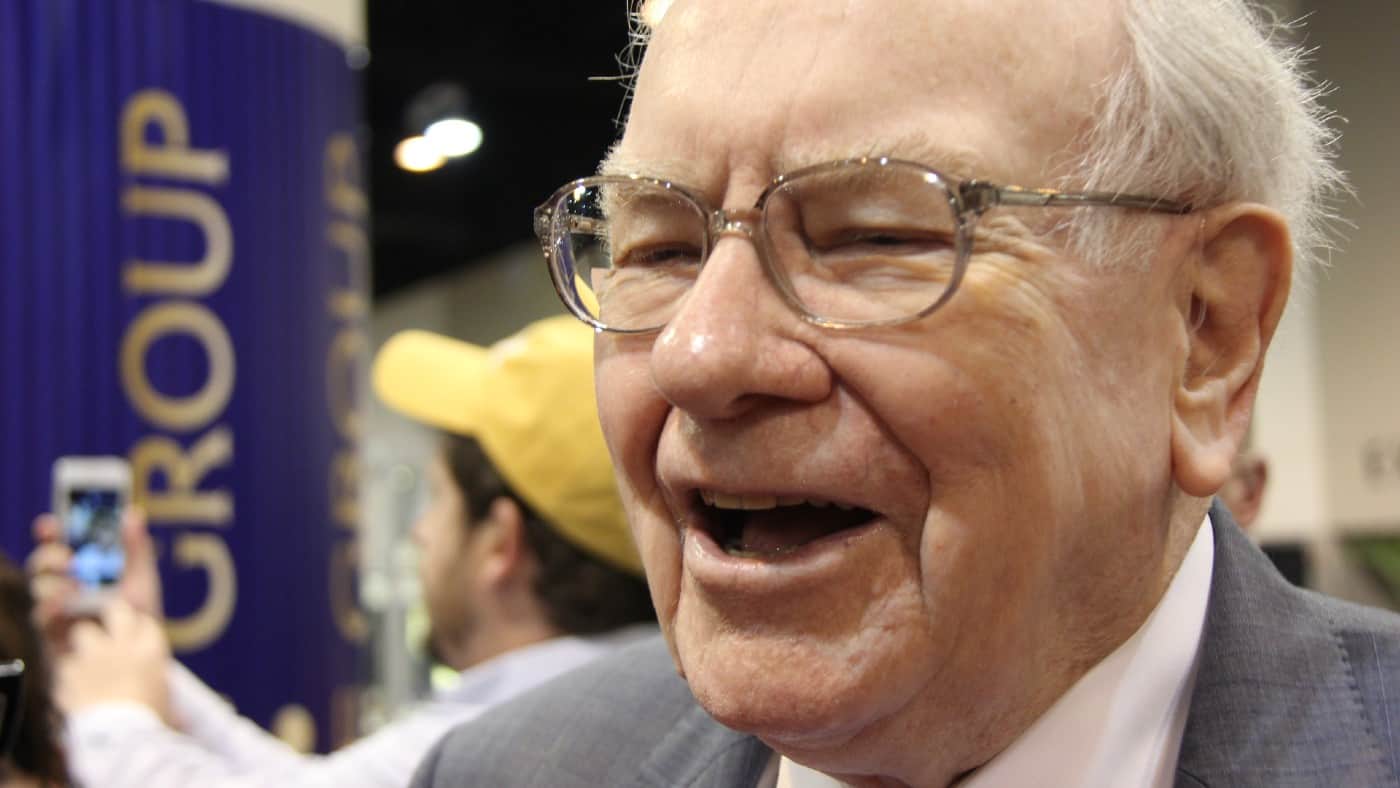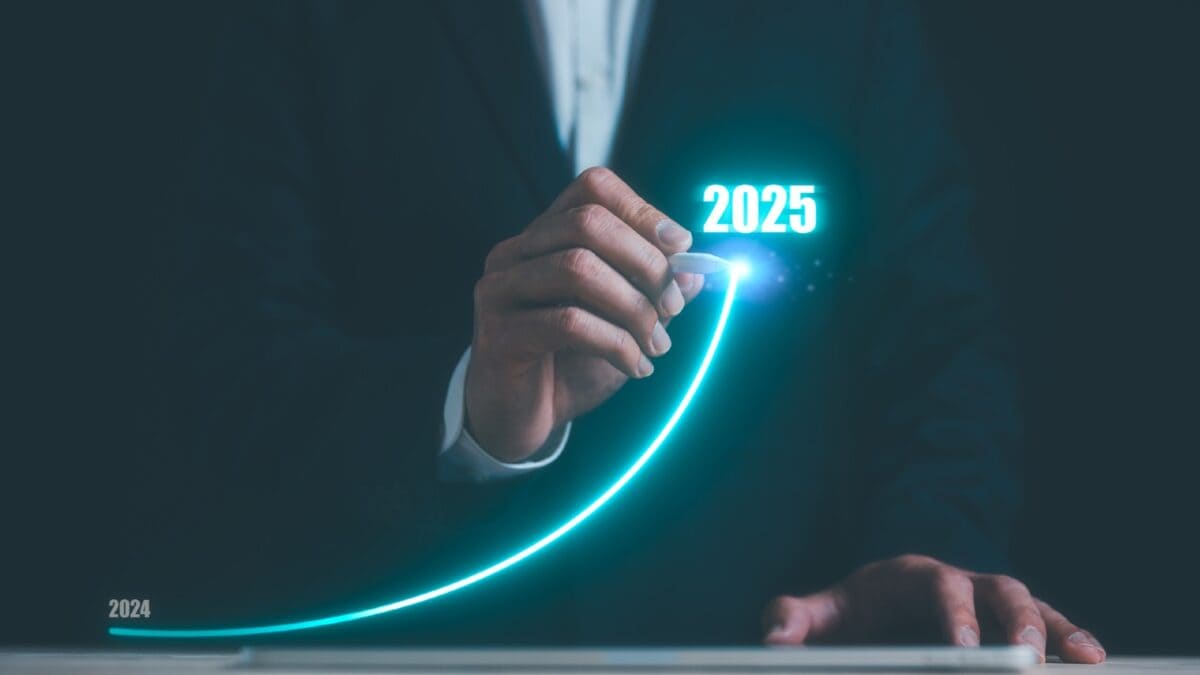Image source: Getty Images
Income stocks form the core part of my portfolio. These stocks provide me with regular, although not guaranteed, dividend payments.
So what do I do with these dividends? Well, as I’m working, I don’t really need the money now. So I reinvest. Combined with regular investments, this is how I’m aiming to create long-term wealth and get rich.
Compound returns
Compounding returns is essentially the strategy of reinvesting dividends and earning interest on my interest. It doesn’t guarantee success, but I believe it carries less risk than investing in growth stocks.
As I’m likely to be working for a few more decades yet, I’m going to be reinvesting my dividends for some time. If I were to invest just £5 a day, or £150 a month, in income stocks with 5% dividend yields, at the end of the first year, I’d have around £1,850.
That’s not much, but the longer I leave it, the more I have. So after 30 years of contributing and reinvesting my dividends, I’d have £126,000. After 40 years, it’d be £228,000. That’s a pretty handy return for just £1,800 a year.
It’s also worth noting that this calculation doesn’t include share price growth, just dividends. Over the last 30 years, the FTSE 100 has grown by a multiple of four. So by investing constantly over the next 30 years, my £228,000 could actually be worth around £450,000.
Sensible choices
The hard bit is choosing the right stocks. And this is where I take inspiration from Warren Buffett — one of the most successful investors and the so-called ‘Oracle of Omaha’.
Buffett is a value-investor. And for him, this involves picking stocks that appear to be trading for less than their intrinsic or book value.
So if I want to invest like Buffett, I’ve got to do my research on every stock I’m interested in. This means searching for meaningfully-undervalued stocks and buying at attractive entry points. I can do this by looking at metrics such as EV-to-EBITDA and discounted cash flow.
The legendary investor likes to look for a margin of safety, meaning the share price is discounted versus what Buffett considers to be the intrinsic value of the stock.
On top of this, the Berkshire Hathaway boss likes to stick to what he knows. After all, it can be hard to assess the intrinsic value of a company, or its prospects for growth, if I don’t understand what the firm actually does.
This is what all the top investors do. Focusing on what I know best gives me the best chance of accurately assessing the stock’s value and future prospects.
So by investing regularly in income stocks, reinvesting my dividends, and making sensible choices, I can hope to turn just £5 a day into long-term wealth.
Credit: Source link














